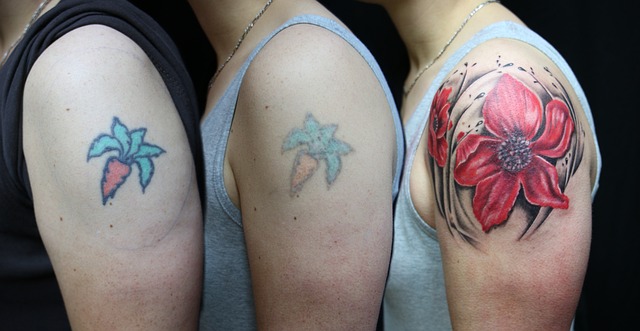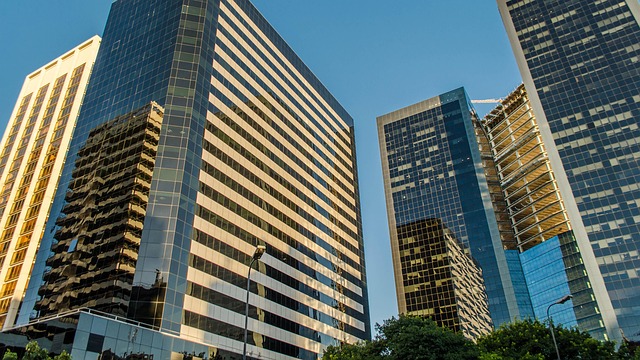Laser wart removal treatment carries temporary side effects like redness and swelling, manageable with home care. Rarer complications include blistering and skin color changes that usually resolve. Consulting professionals is advised for personalized guidance. Risks include infection, scarring, and pigmentation changes, especially with repeated treatments. Prepare by avoiding light-sensitivity medications and disclosing allergies. Aftercare involves keeping the area clean and dry until healing. Results vary, but many see complete wart removal within one to two weeks.
“Considering laser wart removal? Understand the potential side effects before you begin. This comprehensive guide explores common issues like skin irritation and infection, as well as long-term risks such as scarring and pigmentation changes. Learn how pre-treatment preparations can lessen complications and what to expect during and after the recovery process. Discover expert tips for a safe and effective laser wart removal treatment.”
- Understanding Common Side Effects of Laser Wart Removal
- Potential Risks: Skin Irritation and Infection
- Long-term Effects: Scarring and Pigmentation Changes
- Lessening Complications: Pre-treatment Preparations
- Recovery Process: What to Expect After Treatment
Understanding Common Side Effects of Laser Wart Removal

Understanding Common Side Effects of Laser Wart Removal
Laser wart removal treatment is a popular and effective method for eliminating warts. However, like any medical procedure, it’s important to be aware of potential side effects. The most common include temporary redness, swelling, and discomfort at the treatment site. These symptoms usually subside within a few days and can be managed with over-the-counter pain relievers or ice packs. In rare cases, patients may experience blistering, crusting, or changes in skin color, but these are typically resolved without long-term issues.
When considering laser wart removal, it’s crucial to consult with a qualified professional. A doctor can provide tailored advice based on the severity and location of your warts, ensuring the best possible outcome. Additionally, understanding these side effects beforehand can help alleviate any concerns and promote faster healing. For those seeking alternative options, homeopathic remedies for warts or private wart removal services like those available in London or Doncaster offer different approaches to address this common skin concern.
Potential Risks: Skin Irritation and Infection

While considered generally safe, any medical procedure carries potential risks. Laser wart removal treatment is no exception. One common side effect to be aware of is skin irritation. The concentrated beam of laser can cause temporary redness, swelling, and discomfort at the treated area. In some cases, patients may experience a stinging sensation during and after the procedure.
Another risk to consider is the possibility of infection. Even though lasers have advanced significantly, they still carry a small risk of introducing bacteria or other microorganisms into the skin. Proper aftercare, including keeping the treated area clean and avoiding touching it unnecessarily, can help prevent infections. Topical creams recommended by your healthcare provider following laser treatment can also aid in minimizing these risks and promoting faster healing while reducing the chances of wart reoccurrence.
Long-term Effects: Scarring and Pigmentation Changes

While many people experience positive outcomes from laser wart removal treatment, it’s important to be aware of potential long-term effects. One such concern is scarring. The intense beam of light used in this procedure can cause skin damage, leading to small scars or changes in skin texture at the treatment site. This is especially true if warts are numerous or particularly stubborn, as repeated treatments may be necessary.
Additionally, laser wart removal can result in pigmentation changes. The heat generated by the laser can affect melanin production, causing areas of lighter or darker skin around the treated warts. These changes are usually temporary but can persist for several months and sometimes even longer. Individuals with darker skin tones may be more susceptible to noticeable pigmentation alterations, so it’s crucial to consult with a professional at a reputable clinic, like those in Bristol or Essex Chelmsford, to discuss potential risks and outcomes specific to their cases.
Lessening Complications: Pre-treatment Preparations

Before undergoing any laser wart removal treatment, it’s crucial to understand that while the procedure is generally safe, there may be some potential side effects. To lessen complications and ensure a smoother experience, proper pre-treatment preparations are essential. This includes avoiding certain medications or supplements that can increase sensitivity to light, as these might interact with the laser during the procedure.
Additionally, patients should disclose any history of skin conditions or allergies during consultation for personalized care. For instance, those considering private wart removal Coventry, private wart removal Woking, or private wart removal London services should communicate openly with their healthcare providers. This preparatory step not only enhances safety but also improves the likelihood of successful outcomes in these specialized treatments.
Recovery Process: What to Expect After Treatment

After a successful laser wart removal treatment, it’s normal to experience some minor discomfort and temporary changes in the treated area. The recovery process typically begins within a few hours, with the wart starting to flake away. This is a natural part of the healing process, as the laser has targeted and destroyed the wart’s root structure. Many people find that their warts disappear completely within one to two weeks, leaving behind smooth, clear skin.
During the recovery period, it’s important to keep the treated area clean and dry. Avoid picking or scratching the wart as this can lead to infection. Over-the-counter creams or ointments may be used to ease any minor pain or itching. For those seeking a private wart removal Liverpool or considering wart removal Guildford, it’s reassuring to know that these treatments are effective and often provide permanent results, ensuring clear skin for good.
While laser wart removal treatment offers an effective solution, understanding its potential side effects is crucial. From skin irritation and infection to long-term scarring and pigmentation changes, these risks can be mitigated with proper pre-treatment preparations. By anticipating the recovery process and following professional guidance, individuals can minimize complications and achieve smoother results. Remember that open communication with a qualified healthcare provider is essential for navigating any concerns related to this procedure.
